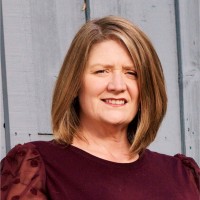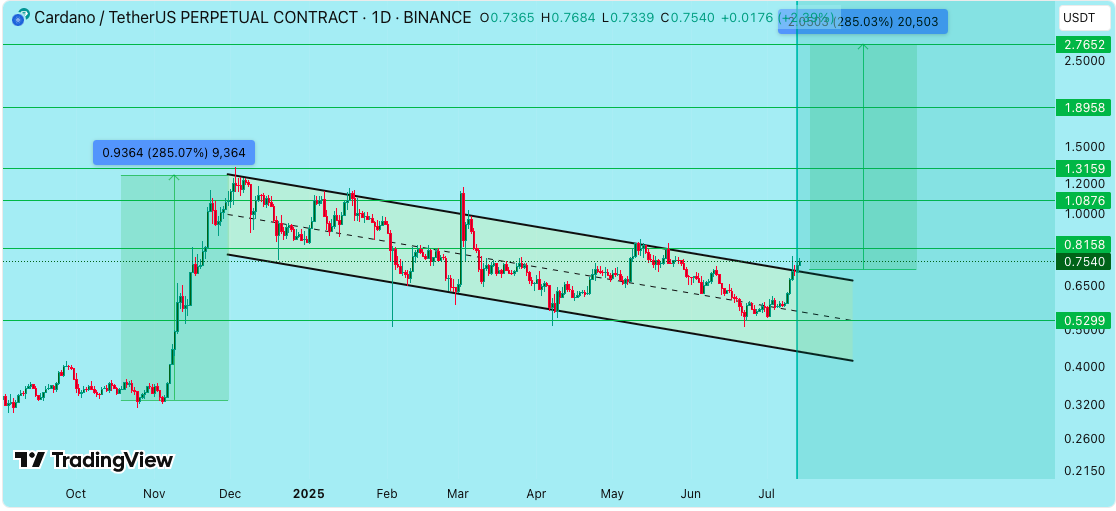Confounded by Gen Z in the workplace? You’re not alone.
A recent report based on a survey of 1,000 U.S. managers found that more than half cite frustration, and almost as many point to stress, related to managing this newest group of entrants to the workforce. Nearly a third of those surveyed say they ideally would avoid hiring a Gen Z candidate, and 18% have contemplated leaving their own job because managing Gen Z workers has become too challenging.
The challenges appear to go both ways: Research has found that approximately 65% of Gen Zers will leave a job within the first year, while half of Gen Z report being disengaged at work.
Where is the disconnect?
For one, this generation comes from a starkly different place than many before it—coming of age surrounded by technology, instant access and global connectivity, and entering school or the workplace through a global pandemic that forced employees around the world to reprioritize.
“Gen Z views the world in a very different way,” says Stefanie Adams, chief empowerment officer of WNY People Development. “It’s not bad—but I think it freaks people out.”
What are the differences Gen Z is bringing to the workplace—and how can HR adapt their workplaces to keep up?
Adams and other experts point to five primary areas.
Work/life balance is table stakes
Gen Z began entering the workplace around the start of the COVID-19 pandemic—and saw that remote and hybrid arrangements could succeed.
“Gone are the days of the 10-hour workday,” says Heather Berti, senior vice president of people services boutique hotel chain Arlo Hotels.
Gen Zers—often raised in environments where they’re encouraged to question and challenge norms—have helped keep the focus on flexibility in a post-pandemic world, adds Laine Thomas Conway, vice president of engagement services strategy and enablement leader at human capital and tech service provider Alight.
“Organizations have acknowledged that their workers are humans with lives outside the 9-to-5,” she says. “Millennials helped them come a long way in making that more acceptable, and Gen Z is continuing to push it.”
Conway says flexibility is a “genie not going back into the bottle”—even as some employers push for a full return to the office. Despite some headlines that Gen Z is eager for an in-office experience, the research doesn’t pan out, she adds.
For instance, Alight found that about 70% of Gen Zers say they’re happy with a hybrid arrangement—particularly when they can choose the days they work in person. Half of Gen Zers surveyed said they would return to the office full-time if required—but the other half would either quit on the spot, return grudgingly or start looking for a new job.

“That can be a huge talent drain when you’re looking to attract and keep younger workers,” Conway says.
Apart from understanding where younger employees want to work, employers should also be cognizant of ensuring they are disconnecting when they’re not actively at work.
Berti says Arlo has been strategic in helping managers respect their teams’ time off, “allowing them to completely disconnect” to ensure an authentic sense of work/life integration.
“You may offer flexibility and time off, but the follow-through is even more important than the policy,” she says.
At the same time, Conway notes, the longer Gen Zers are in the workforce—and the more embedded flexibility becomes into employers’ strategies—they likely will come to appreciate that workplace flexibility requires a “give and take.”
“As Gen Z progresses in their careers, I think they’re going to understand flexibility goes both ways,” she says. “It’s not just that you get all the time off and never have to work past 5. The concept of flexibility is an equation: To get it, you sometimes have to put in the extra effort.”
Wellbeing—personalize for impact
The societal shift in addressing mental health and wellbeing has had a significant influence on Gen Z, says Conway.
This is a generation that is more adept at naming and understanding their feelings—and how they’re influencing the ways in which they show up for work.
“Gen Z can acknowledge that they’re feeling stressed; it’s not something they push away,” Conway says. “It’s just part of their life.”
Where that stress is coming from may be a bit different from other generations. For instance, Alight found that, across age groups, stress most often comes from work and finances and, for older workers, from raising children. Gen Z, however, is significantly more likely than other generations to feel stressed about things like the global economy and the environment.
This generation’s “always on,” hyper-connected mindset—fueled by growing up with advanced technology and social media—is causing many in Gen Z to “feel the weight of the world,” Conway says.
“It’s almost part and parcel to who they are,” she says.
Given that, employers need to ensure their wellbeing programs are relevant to the array of stressors on employees’ minds today. Step challenges, for instance, may have a place in some wellbeing programs, but today’s wellbeing strategies need to be personalized and holistic.
“Employers can have a huge influence with a more holistic approach,” she says.

At Arlo, Berti says, the organization has sought to avoid “pigeonholing employees with just one specific approach to wellbeing.” For instance, among its offerings is a wellbeing stipend that enables employees to define for themselves how they want to support wellbeing.
“It’s more broad and allows people to choose what works best,” she says. “We’ve seen a lot of positive feedback.”
A heightened need for guidance
When it comes to wellbeing offerings, Gen Z likely is more attuned to the need for proper exercise and nutrition than previous ones—but also may be coming from households where their parents were making doctor’s appointments for them until recently, Conway notes.
“They don’t need a step challenge; they’re more worried about making bad healthcare decisions,” she says.
Alight’s research found that 65% of Gen Zers and millennials regretted a health-related choice they made in the last year—compared to just about one-third of Boomers.
HR can help young workers build more confidence in their health and healthcare decisions through access to second-opinion programs, expert advice and healthcare navigation tools, Conway suggests. Simply offering support and resources, such as around wellbeing, isn’t necessarily enough to entice Gen Z to take advantage, she adds; the programs must be proactively promoted.
Alight found that younger workers are more likely than others to avoid taking advantage of resources if they don’t have an apparent relevance to them, and if they lack an understanding of their impact.
“You have to help younger workers really understand what’s in it for them,” she says.
Tech-fueled experiences
One of the greatest differentiators for Gen Z is likely their technical expertise—or, at the least, experience.
That means employers need to ensure the entire employee lifecycle is supported by technology: mobile hiring and onboarding, benefits self-service, access to earned wages, for instance, Berti says.
Given Gen Z’s reliance on digital, Conway adds, ensuring that company programs, resources and communication meet this generation online is key.
“You have to think about how you’re serving up content and programs; they’re more likely to take advantage of them if they’re online because they feel relevant,” she says.
Authenticity as an imperative
Arlo hiring teams have noticed that younger candidates today are much more likely than previous generations to expect employers to demonstrate how they live out their values before they agree to join,Berti says.
Candidates may come to an interview already knowing that the company professes a commitment to employee development, for instance, she says, and are impressed to see it come to life through curated trainings, tuition reimbursement and more. Arlo’s involvement in community initiatives and volunteering programs, she adds, also supports its stated DEI investment, which particularly resonates with Gen Z candidates.
“They’re doing their own research,” Berti says, “so talking the talk and walking the walk is very important.”
Credit: Source link










